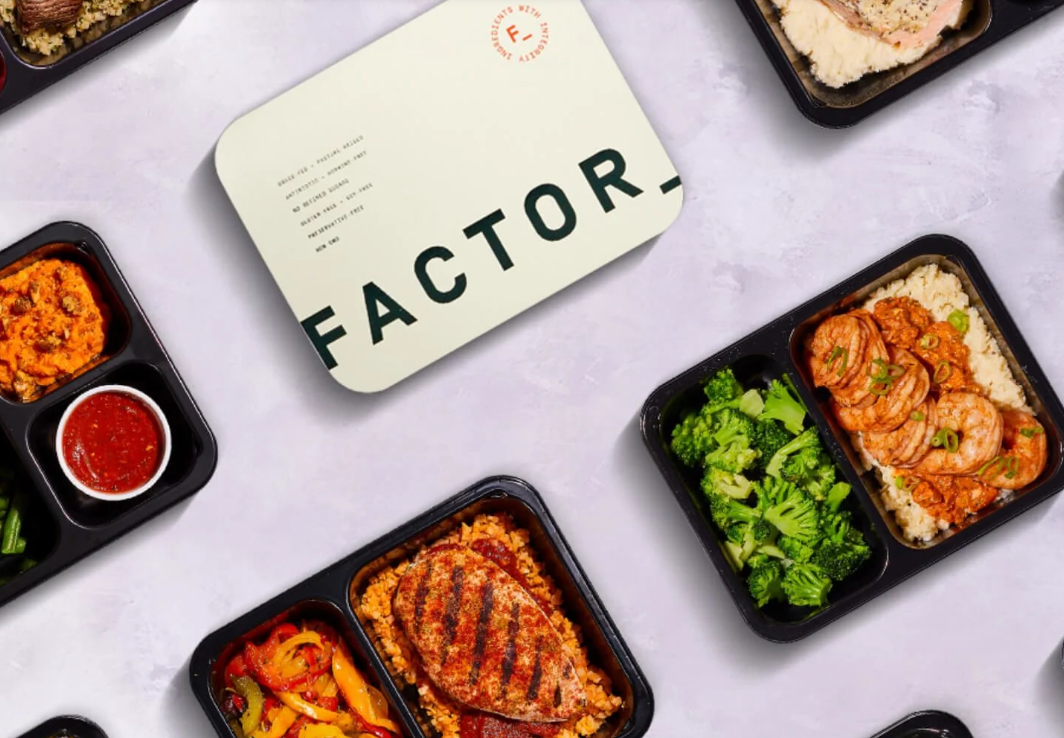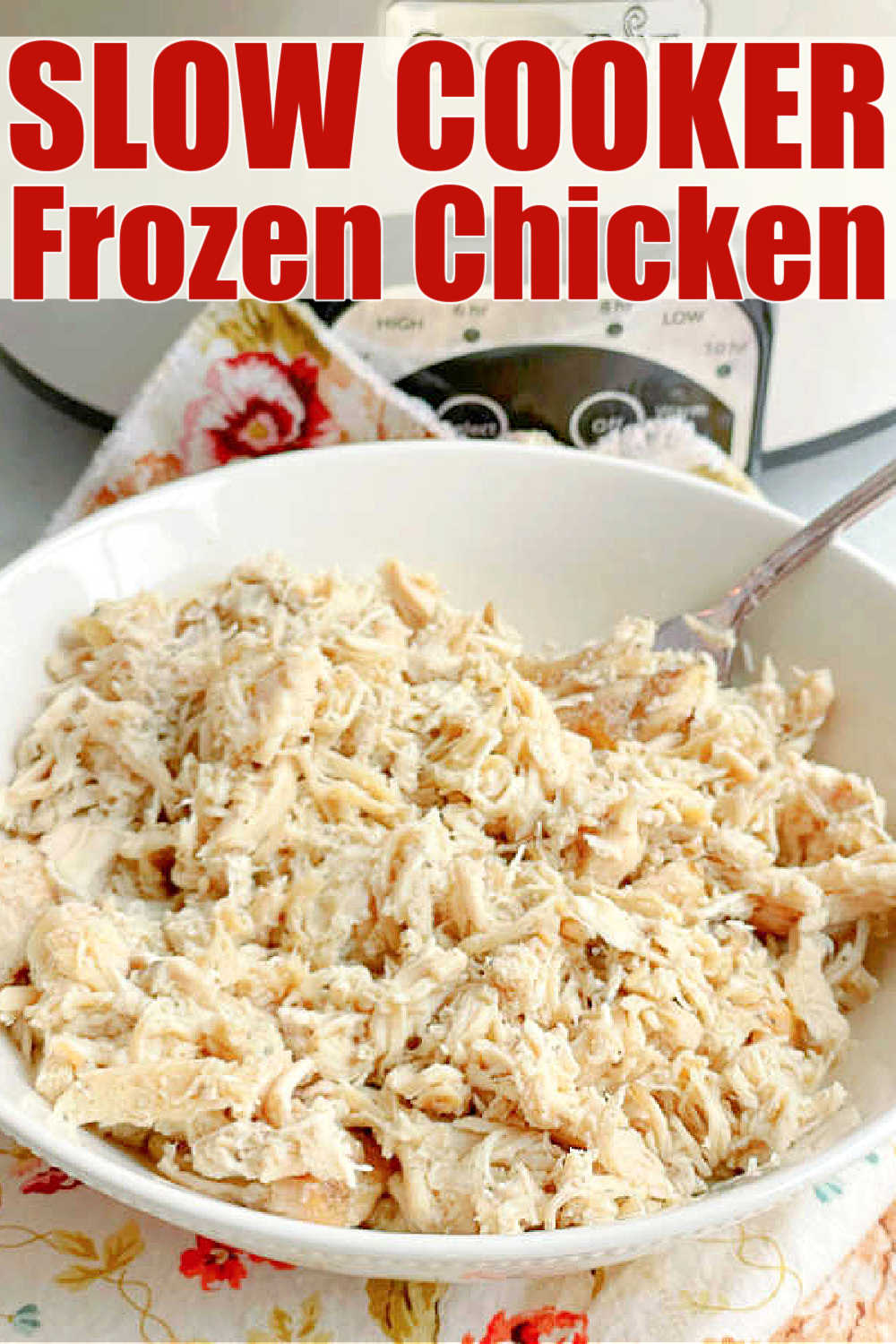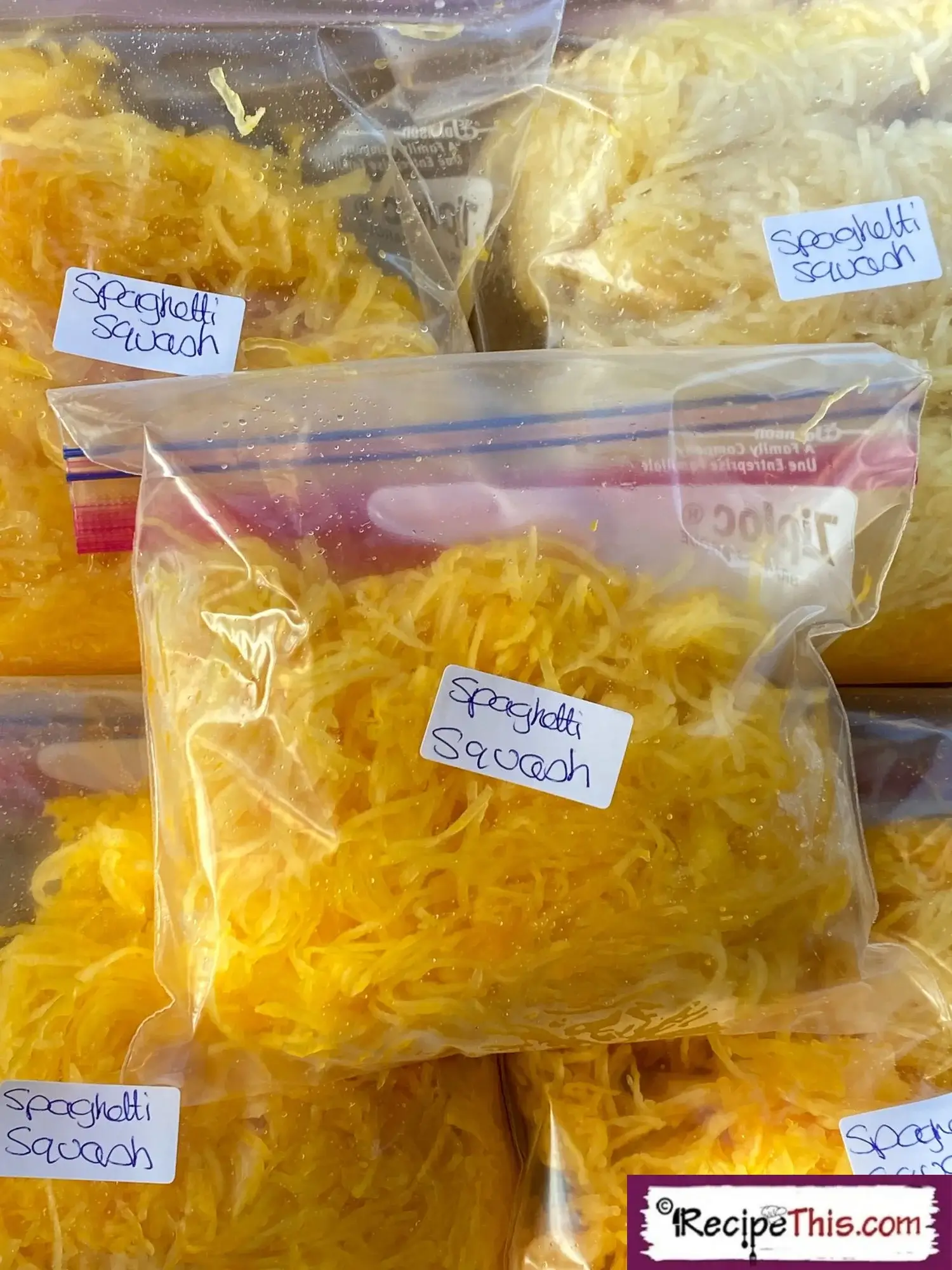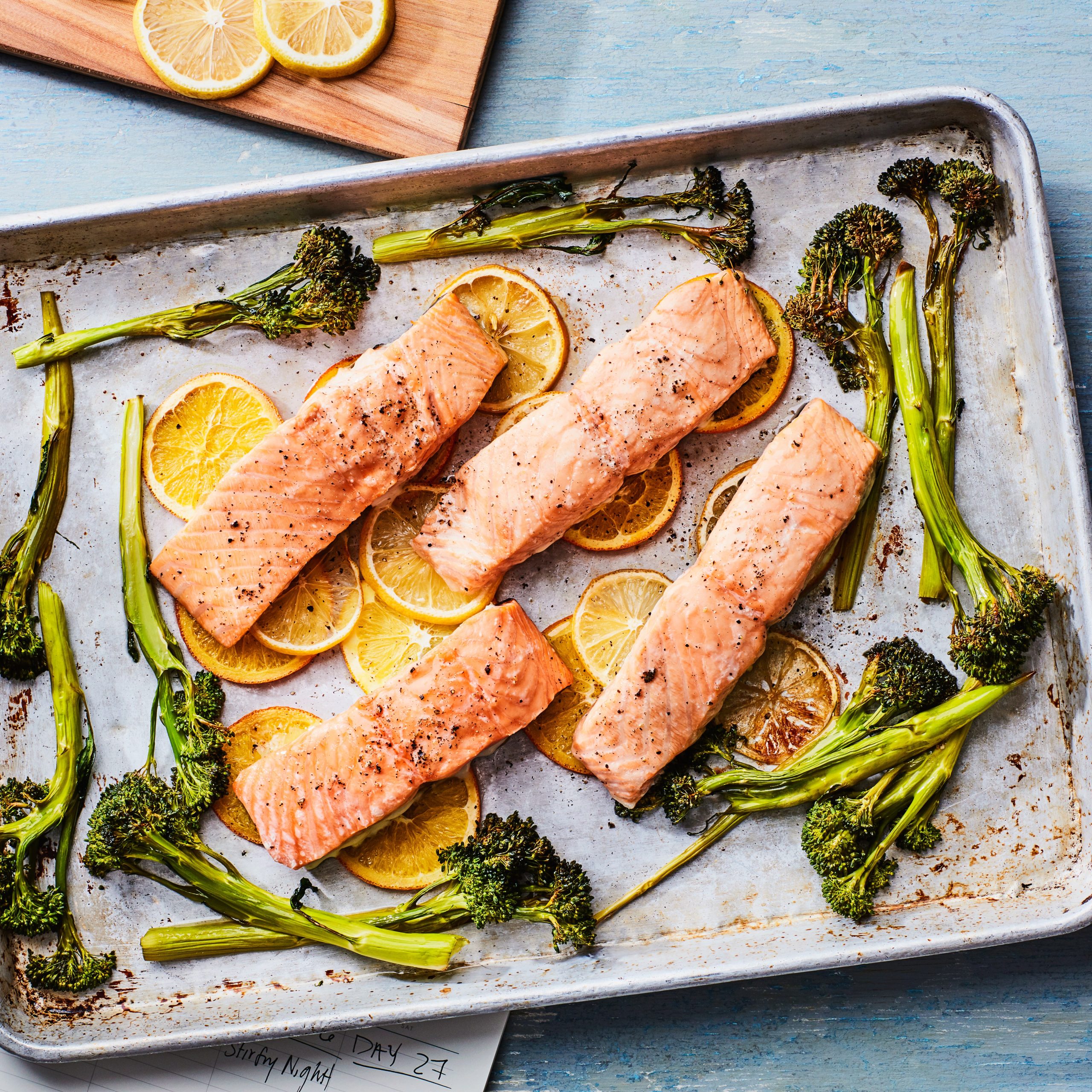Can You Freeze Factor Meals? A Comprehensive Guide
– Factor Meals are meal replacements designed to be eaten in place of traditional meals
– They are packed with nutrients and vitamins
– Factor Meals can be frozen
– The best way to freeze them is to wrap them in foil and then place them in a freezer bag
– They can last for up to three months in the freezer
– When ready to eat, remove from the freezer and thaw in the fridge before heating up
– Factor Meals should be placed in a sealable freezer bag to prevent freezer burn
– Wrapping the meal in foil before placing it in the freezer bag can prevent leaking and damage
– Factor Meals may not be as crispy after freezing compared to fresh from the oven
– It is recommended to consume Factor Meals within three months of freezing for the best taste and texture
– Tips for freezing factor meals include portioning out the meals into single servings, labelling each meal with the date it should be thawed by, not refreezing once thawed, and using the best by date as a guide
– Freezing all factor meals at once is recommended to avoid forgetting about meals
– To thaw frozen factor meals quickly, the microwave can be used
– The plastic wrap or packaging should be removed before placing the frozen meal in the microwave
– The frozen meal should be placed in a microwavable bowl or container and covered with parchment paper
– The microwave should be set at 50% power for heating the frozen meal
– Meal prepping with Factor meals is a convenient way to save time throughout the week and still eat nutritious food
– Some Factor meals may require stirring or flipping during cooking
– Make sure containers are clean before storing cooked foods to prevent bacterial growth
– When freezing leftovers from cooked Factor meals, wrap them tightly to prevent freezer burn
– Perishable foods should not be left out at room temperature for more than two hours to prevent bacterial multiplication
– Containers used for storage should have tight-fitting lids to prevent air exposure and spoilage



